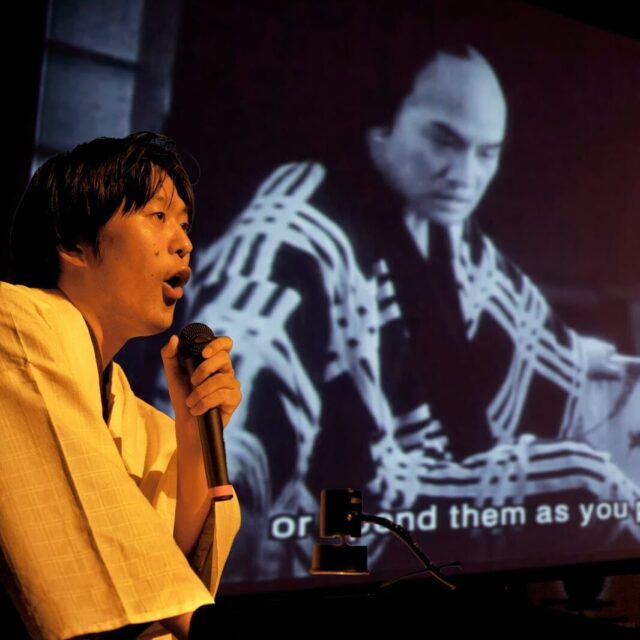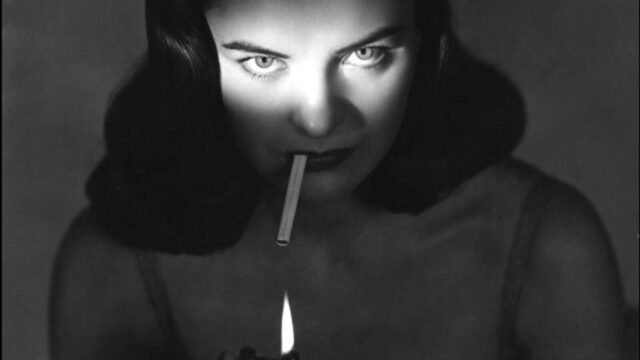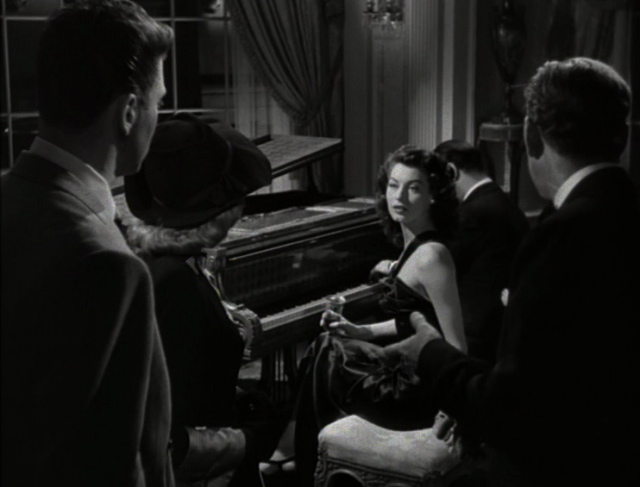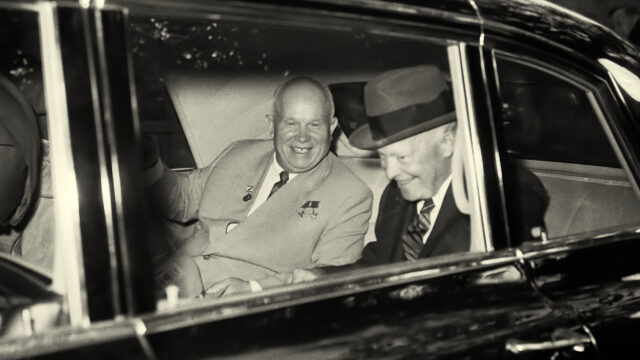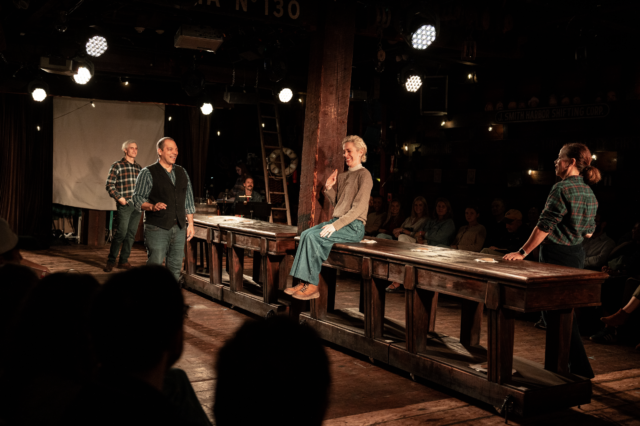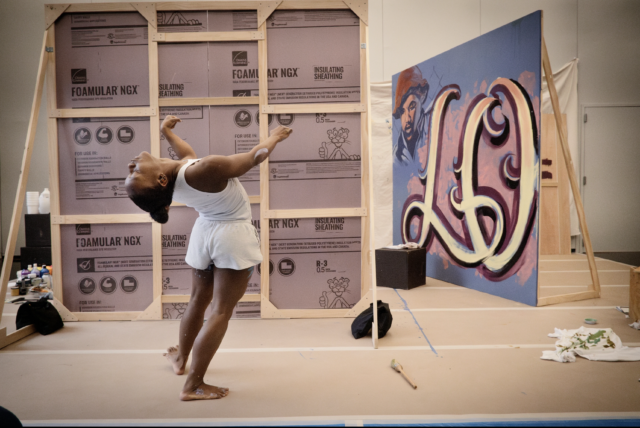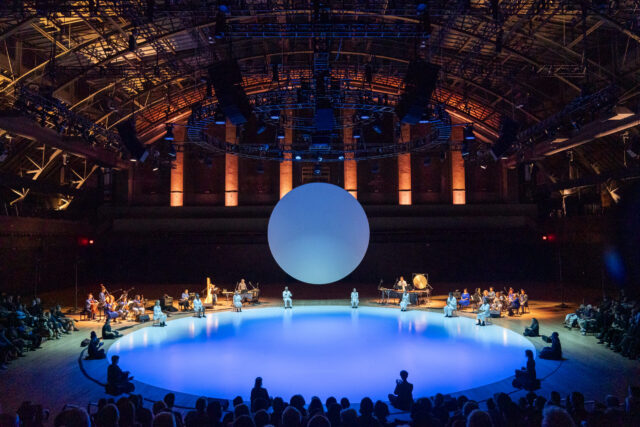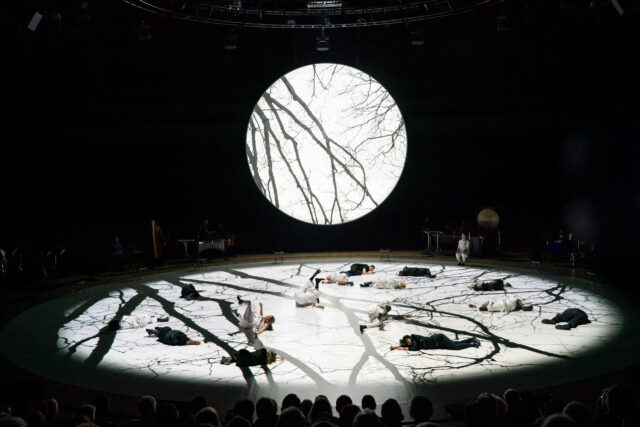
NEW YORK JEWISH BOOK FESTIVAL
Museum of Jewish Heritage — A Living Memorial to the Holocaust
Edmond J. Safra Plaza, 36 Battery Pl.
Sunday, December 8, free with advance RSVP, 10:00 am – 9:00 pm
866-811-4111
mjhnyc.org
The 2024 New York Jewish Book Festival, being held December 8 at the Museum of Jewish Heritage — A Living Memorial to the Holocaust, is chock-full of exciting literary events, starting at 10:00 am and continuing through a 6:00 concert by Marcin Masecki and Ger Mandolin Orchestra. And best of all, everything is free. There will be talks, workshops, panel discussions, and book signings, covering such topics as “Deconstructing Jewish Masculinity,” “Jewish Icons,” “It’s Bashert! Jewish Love and Romance,” “Translating Yiddish Prose by Women,” and “Rebuilding Lives: Survivors After the Holocaust.” Among the books being featured are Rebecca Clarren’s The Cost of Free Land: Jews, Lakota and an American Inheritance, F. K. Clementi’s South of My Dreams: Finding My American Home, Delia Ephron’s Left on Tenth: A Second Chance at Life, Reuven Fenton’s Goyhood, and Dr. Ruth K. Westheimer’s The Joy of Connections: 100 Ways to Beat Loneliness and Live a Happier and More Meaningful Life. Below is the full schedule.
Writing Workshop: Tell Me Everything!, with Beth Harpaz, Events Hall, 10:15
Deconstructing Jewish Masculinity, with Ronnie Grinberg, Miriam Eve Mora, Sarah Imhoff, and Laura Shaw Frank, Classrooms A/B, 10:15
Emerging Narratives: Debut Jewish Fiction, with Danny Goodman, Sarah Seltzer, Lauren Aliza Green, Sasha Vasilyuk, and Susan Weidman Schneider, Keeping History Center, 10:15
Jewish Icons: Judy Blume, Jean Carroll, and Marty Glickman, with Jeffrey S. Gurock, Grace Kessler Overbeke, Rachelle Bergstein, and Stephanie Butnick, the Studio, 10:15
Rebecca Clarren and Sarah Podemski: The Cost of Free Land, with Rebecca Clarren, Sarah Podemski, Edmond J. Safra Hall, 11:30
Jewish Icons: Judy Blume, Jean Carroll, and Marty Glickman Book Signing, Events Hall, 11:30
It’s Bashert! Jewish Love and Romance, with Ali Rosen, Hannah Reynolds, Hannah Orenstein, and Lior Zaltzman, the Studio, 11:30
Deconstructing Jewish Masculinity Book Signing, Lobby 1, 11:30
Emerging Narratives: Debut Jewish Fiction Book Signing, Lobby 3, 11:30
Translating Yiddish Prose by Women, with Ellen Cassedy, Anita Norich, and Lisa Newman, Classrooms A/B, 11:45
Jews Writing Jews: Creating Jewish Characters, with Elyssa Friedland, Caroline Leavitt, Reuven Fenton, Julia Gergely, and Elizabeth Harris, Keeping History Center, 11:45
It’s Bashert! Jewish Love and Romance Book Signing, Events Hall, 12:45

Salinger’s Soul, with Stephen B. Shepard and Lisa Newman, the Studio, 12:45
Rebecca Clarren and Sarah Podemski: The Cost of Free Land Book Signing, Lobby 1, 12:45
Delia Ephron and Amy Schwartz: Left on Tenth, with Delia Ephron and Amy Schwartz, Edmond J. Safra Hall, 1:00
Jews Writing Jews: Creating Jewish Characters Book Signing, Lobby 3, 1:00
Translating Yiddish Prose by Women Book Signing, Lobby 1, 1:00
Rebuilding Lives: Survivors After the Holocaust, with Seth Stern, Sandra Fox, and Sarah Maslin Nir, Classrooms A/B, 1:15
On Being Jewish Now: Reflections from Authors & Advocates, with Bradley Tusk, Ali Rosen, Samantha Ettus, and Zibby Owens, Keeping History Center, 1:15
Salinger’s Soul Book Signing, Events Hall, 2:00
The Joy of Connections, with Allison Gilbert and Rachel Wright, the Studio, 2:00
Delia Ephron and Amy Schwartz: Left on Tenth Book Signing, Lobby 1, 2:15
The Old Jewish Men’s Guide to Eating, Sleeping, and Futzing Around, with Noah Rinsky and Jonah Bromwich, Edmond J. Safra Hall, 2:30
Rebuilding Lives: Survivors After the Holocaust Book Signing, Lobby 1, 2:30
On Being Jewish Now: Reflections from Authors & Advocates Book Signing, Lobby 3, 2:30
Crafting Jewish Fantasy and Folklore, with A. R. Vishny, Laura R. Samotin, and Veronica Schanoes, Classrooms A/B, 2:45
The Diary of Anne Frank: Beloved and Banned, with Dr. Lauren Bairnsfather and Adam Langer, Keeping History Center, 2:45
The Joy of Connections Book Signing, Events Hall, 3:15
Jewish Poetry Workshop, with Sean Glatch, the Studio, 3:30

The Old Jewish Men’s Guide to Eating, Sleeping, and Futzing Around Book Signing, Lobby 1, 3:45
Crafting Jewish Fantasy and Folklore Book Signing, Lobby 1, 4:00
Unearthing Untold Holocaust Stories, with Chris Heath, Elizabeth White, Jack Fairweather, and Debórah Dwork, Classrooms A/B, 4:15
In Her Words: Contemporary Jewish Women’s Memoirs, with F. K. Clementi, Bonny Reichert, Sara Glass, and Evelyn Frick, Keeping History Center, 4:15
Yiddish Translation Workshop, with Anita Norich, the Studio, 4:45
Unearthing Untold Holocaust Stories Book Signing, Lobby 1, 5:30
In Her Words: Contemporary Jewish Women’s Memoirs Book Signing, Lobby 3, 5:30
Gersuite – A Concert by Marcin Masecki and Ger Mandolin Orchestra, Edmond J. Safra Hall, 6:00
[Mark Rifkin is a Brooklyn-born, Manhattan-based writer and editor; you can follow him on Substack here.]
